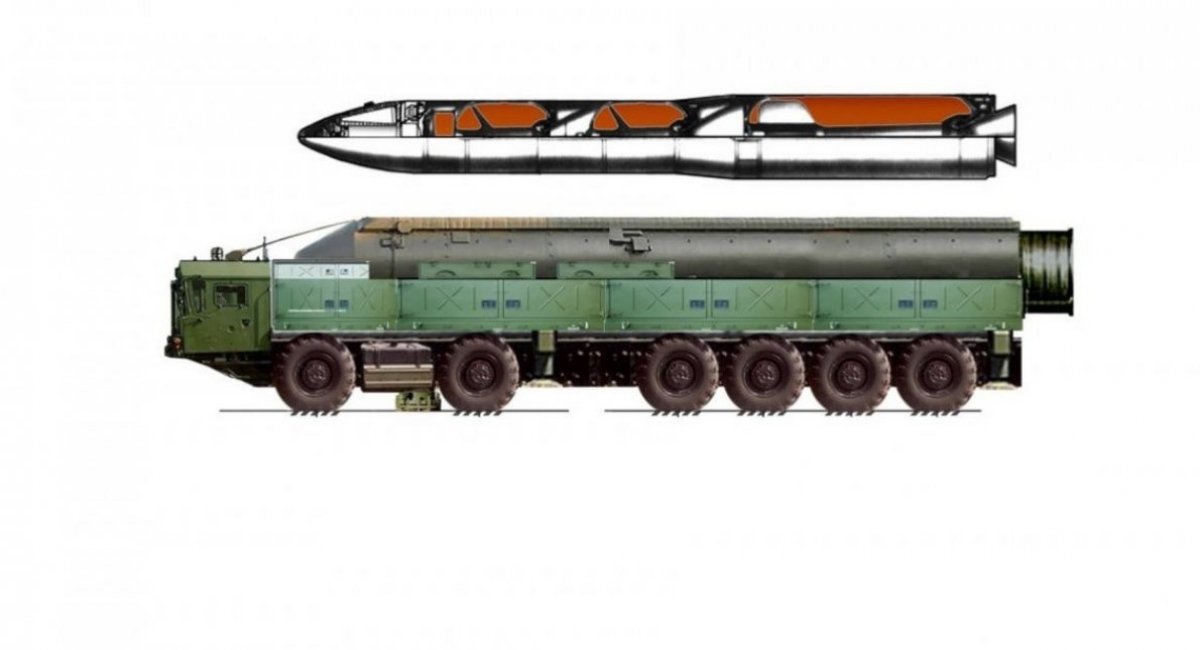On March 13, 2025, Belarusian President Aleksandr Lukashenko stated that the Russian Oreshnik intermediate-range ballistic missile (IRBM) has not yet been deployed in Belarus and confirmed ongoing work on related components. Speaking to reporters in the Kremlin, Lukashenko explained that while Belarus does not currently possess the missile, it has initiated manufacturing of several launchers, which are nearing completion. He specified that Belarus requires missiles supplied by Russia to complete the system.

Belarus is producing launchers for the Oreshnik medium-range ballistic missile system and expects Russian missile deliveries at a later stage. During an official visit to Moscow, Lukashenko noted that the placement of the Oreshnik system in Belarus is progressing in accordance with bilateral agreements. Alexei Polishchuk, head of the second department of CIS countries at the Russian Foreign Ministry, previously stated that the deployment of these missile systems in Belarus would follow the security agreements ratified by both governments.
Belarus has historically been involved in the production of transporter-erector-launchers (TELs) and missile launch platforms. During the Soviet era, the Minsk Automobile Plant (MAZ) developed several TEL systems, including the MAZ-547A, which was used for the RSD-10 Pioneer (SS-20 Saber) intermediate-range ballistic missile system. This launcher provided mobility, improving deployment capabilities. In the 1980s, Belarus contributed to the MAZ-7916, which was used as the TEL for the RT-2PM Topol (SS-25 Sickle) intercontinental ballistic missile. The mobility of these systems played a role in ensuring the survivability of Soviet missile forces.
